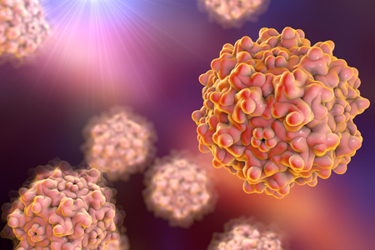Testing Transduction Of AAV-Based Therapeutics On The Liver-Chip

AAV vectors are favored for many gene therapies due to their persistence in host cells, coupled with their low immunogenicity and pathogenicity. Despite their advantages, accurately predicting the safety and efficacy of AAV vectors remains a challenge.
Animal models have continually fallen short in accurately forecasting the adverse effects of AAV-based therapies in humans. Meanwhile, current in vitro models lack the ability to reliably reproduce liver function and architecture, resulting in inaccurate predictive concordance for clinical hepatotoxicity. Consequently, suitable preclinical models are scarce, underscoring the need to develop enhanced human in vitro models that emulate liver function and toxicity.
Organ-on-a-Chip technology has emerged as a solution to the limitations of current preclinical models. By incorporating dynamic flow, perfusion, cellular complexity, 3D cellular architecture, and cell-cell signaling, Organ-on-a-Chip technology better represents human physiology, offering a more relevant in vitro platform for AAV-based therapeutic development. Learn how researchers can use the Emulate Liver-Chip to test the delivery efficiency and safety of AAV vectors, accelerating the development of novel gene therapies, reducing clinical trial attrition, and ultimately improving patient lives.
Get unlimited access to:
Enter your credentials below to log in. Not yet a member of Drug Discovery Online? Subscribe today.
